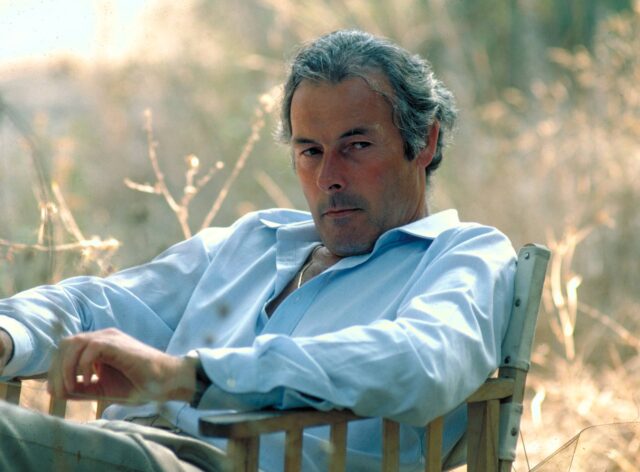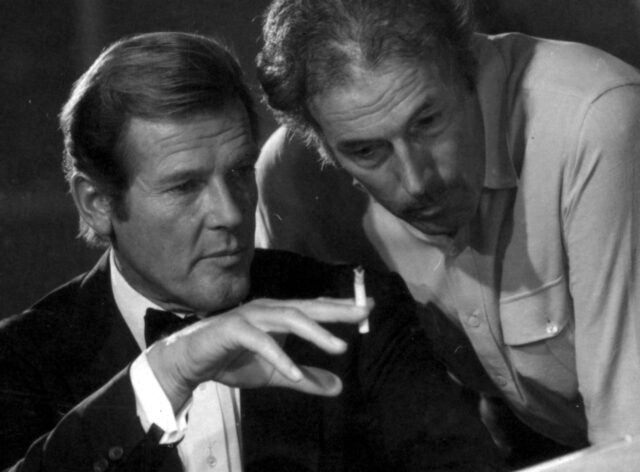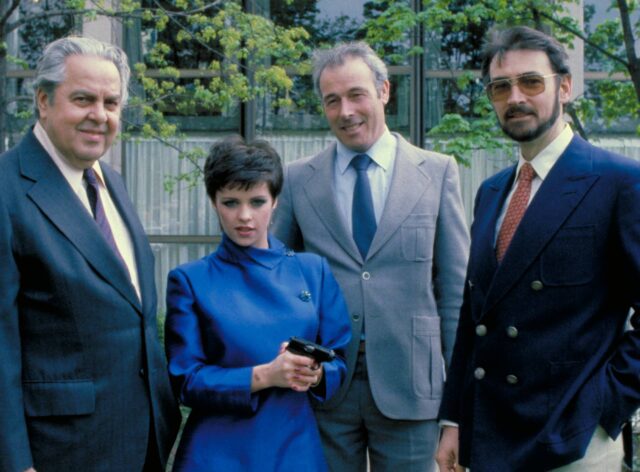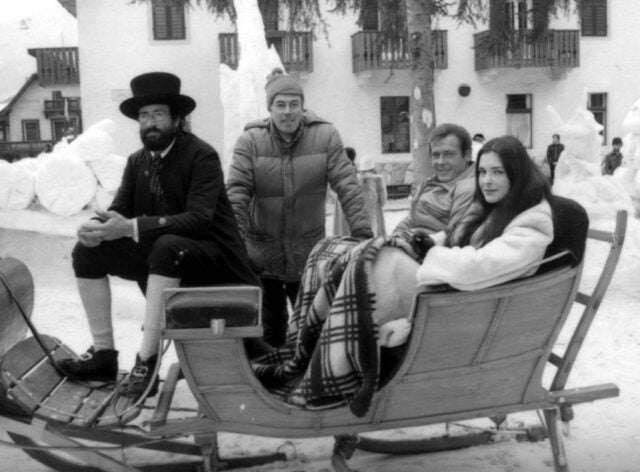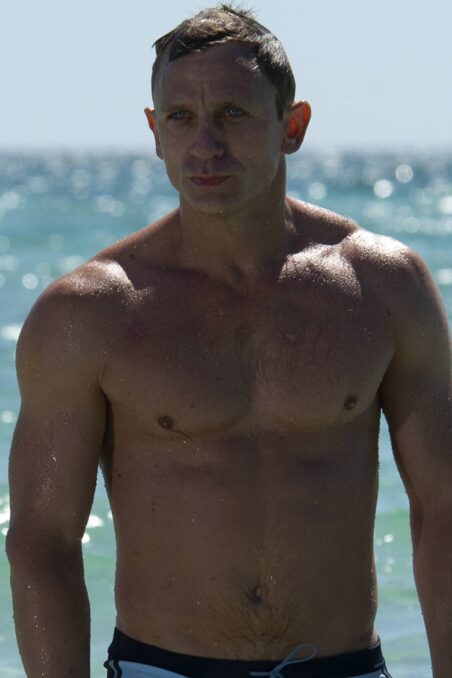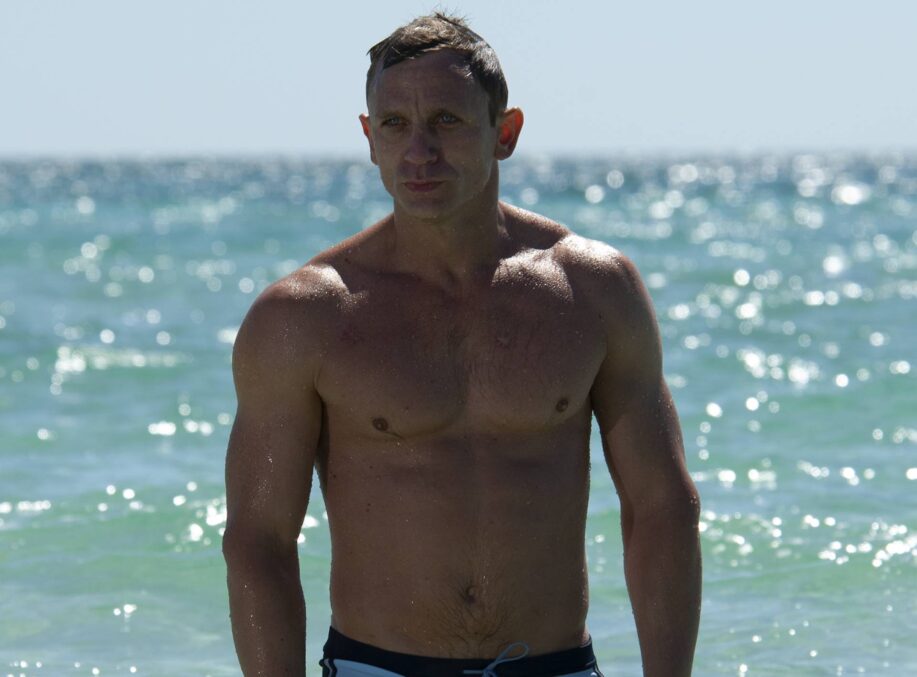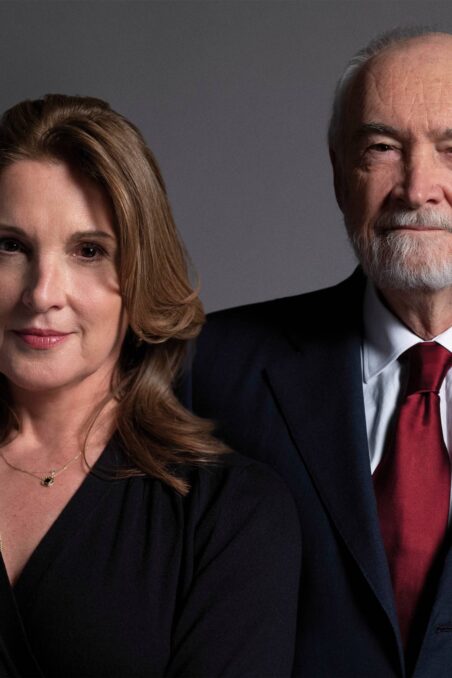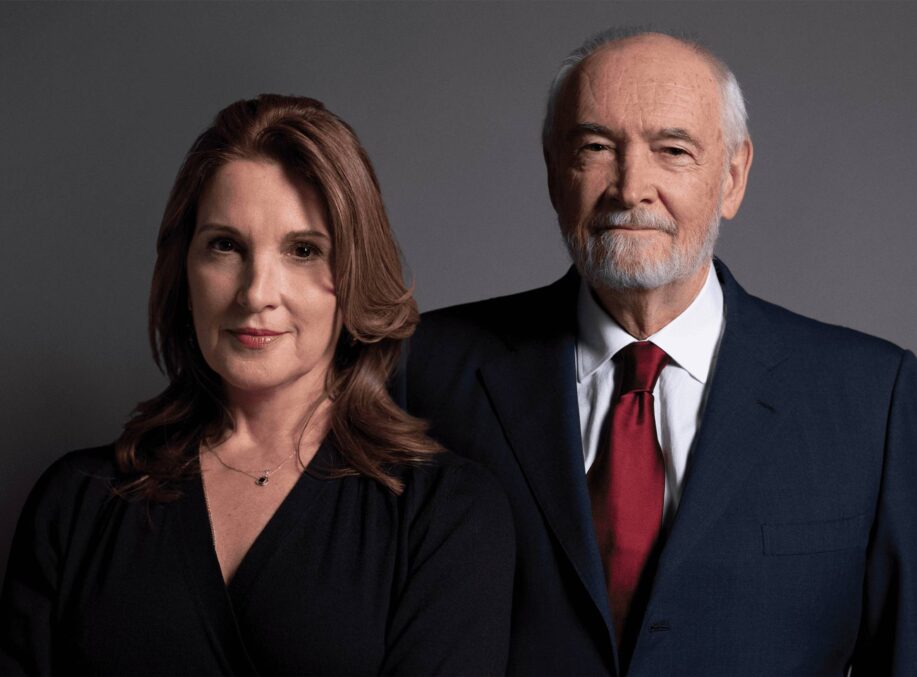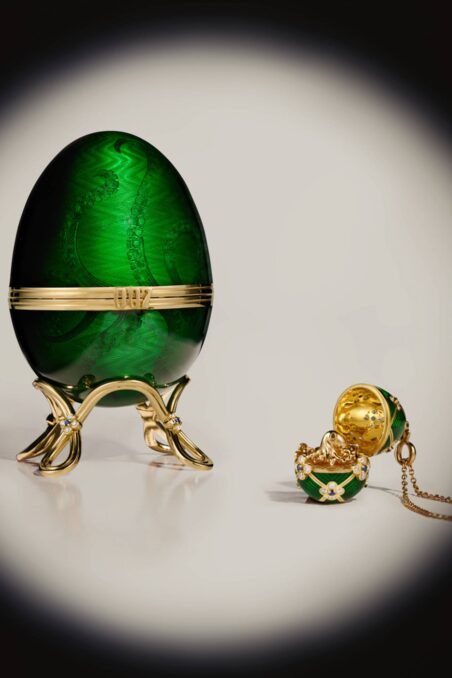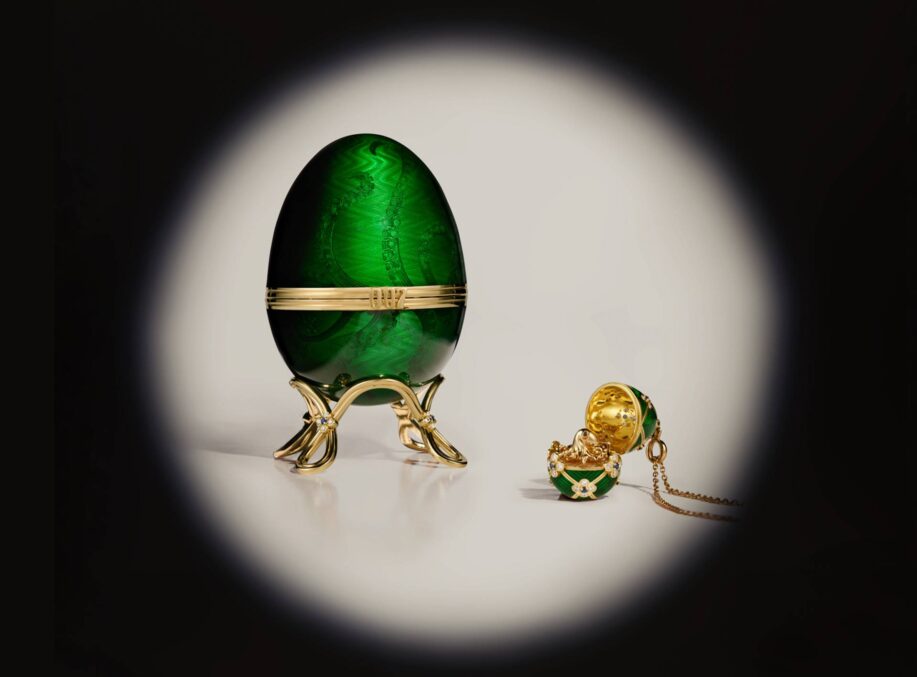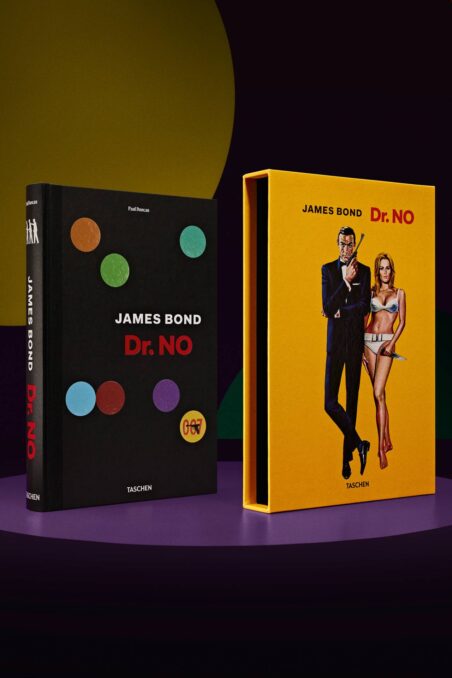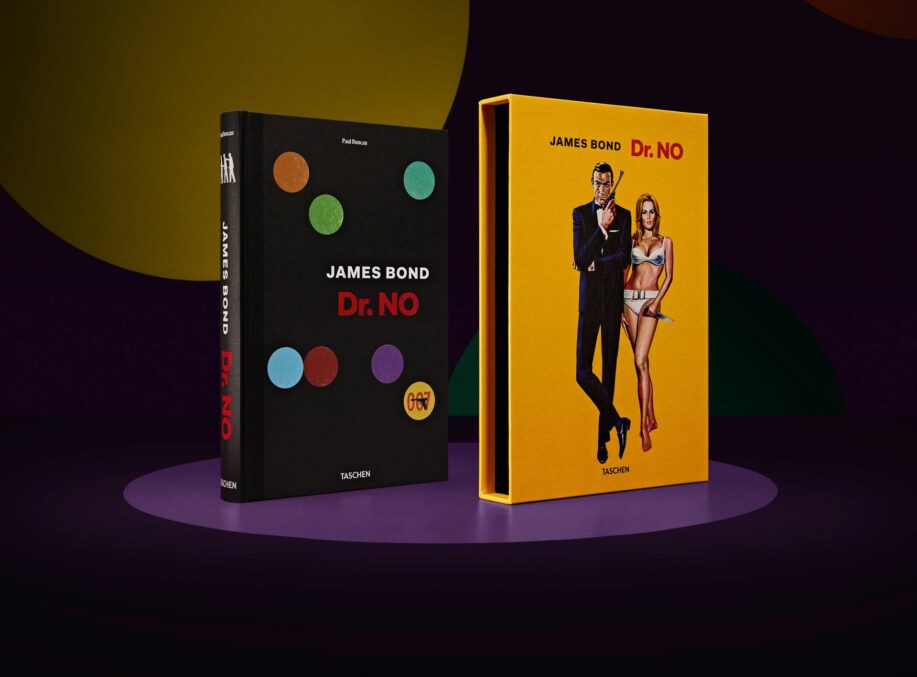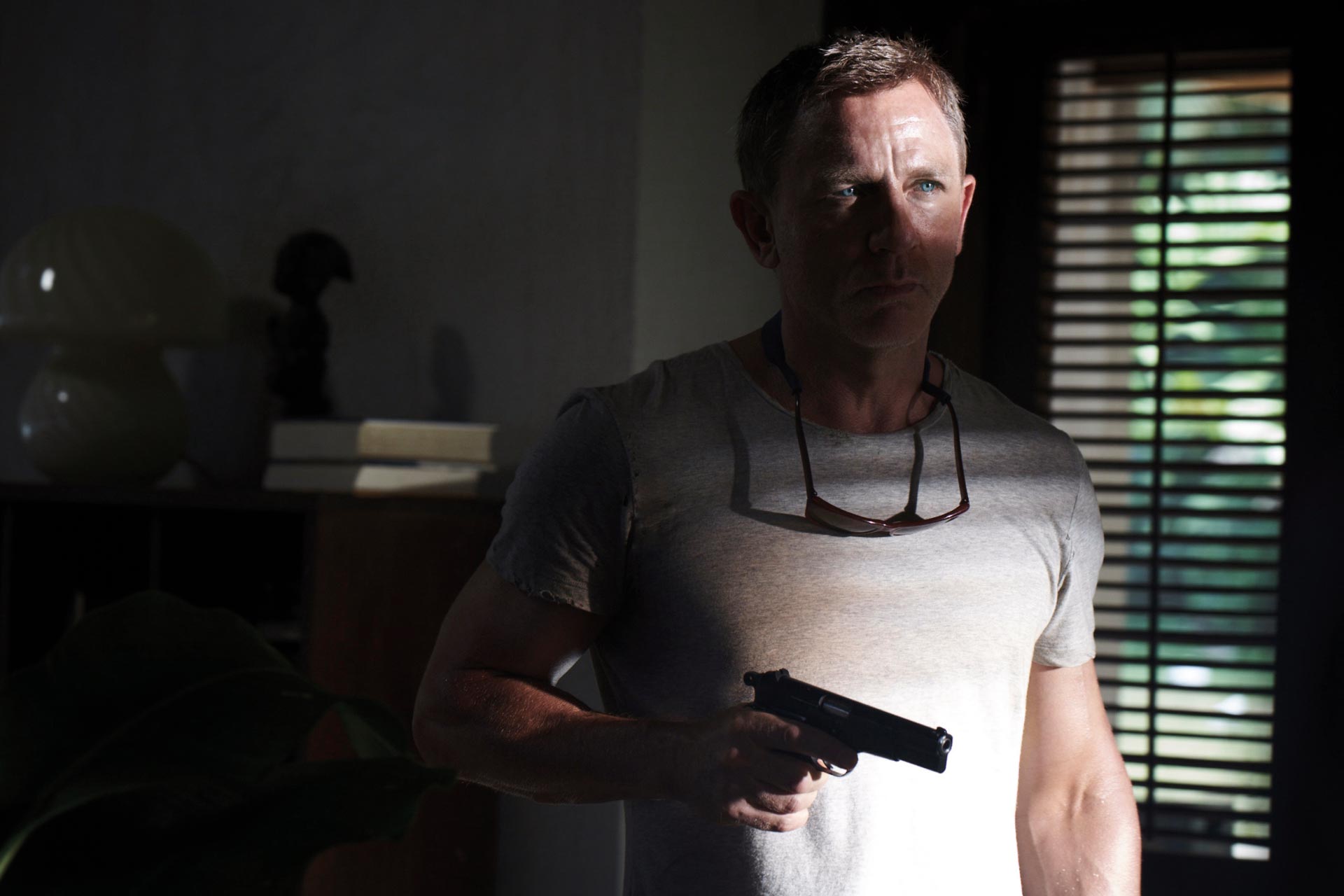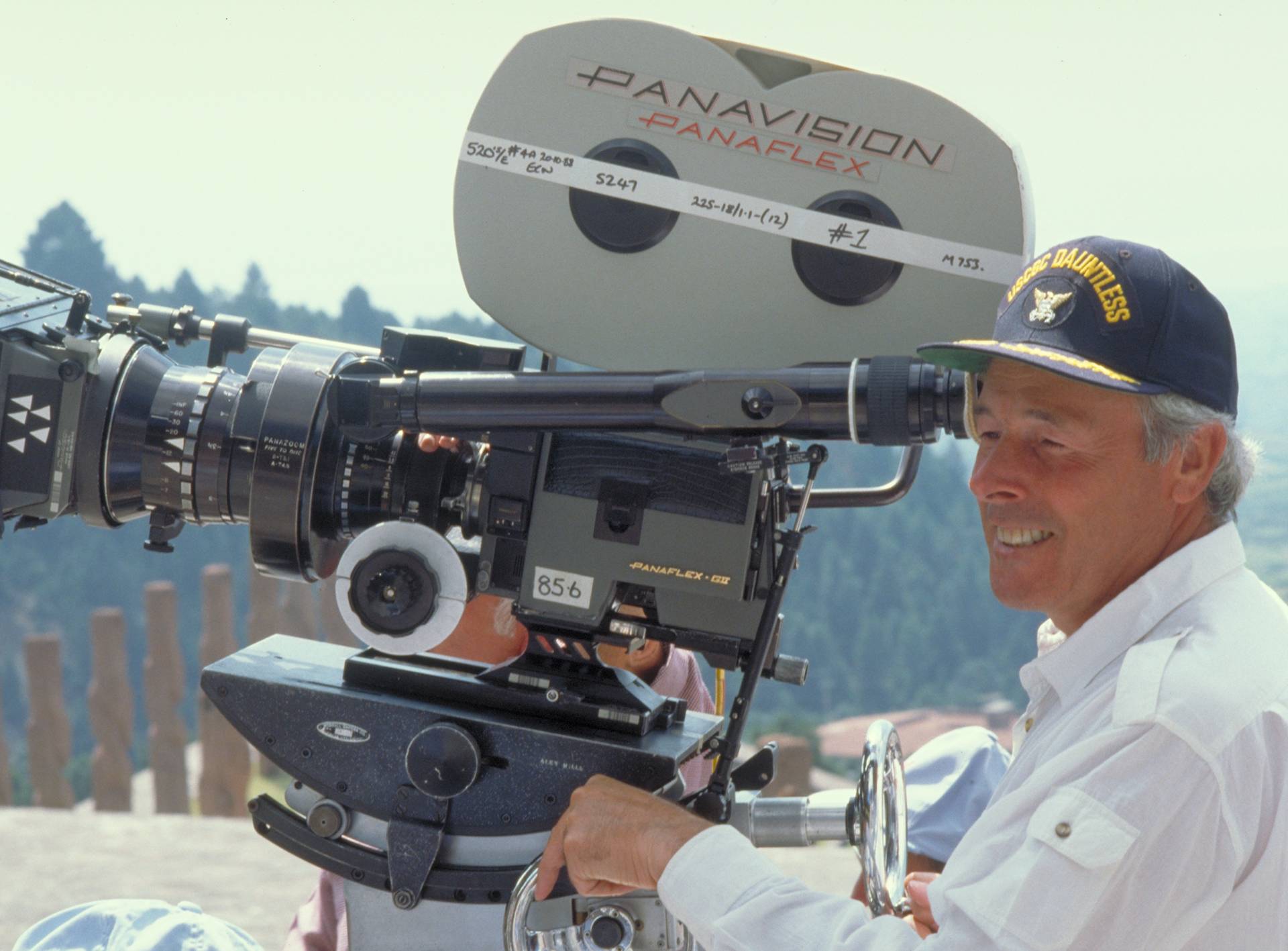

In Conversation With Director John Glen, Part 1
The director discusses his career and directing five 007 films
John Glen holds the record for directing the most 007 films – five – as well as working on three 007 films as editor and second unit director. In an exclusive two part chat with 007.com, John shares his story.
How did you start in the film industry?
I started as a messenger at Shepperton Studios. From there, I progressed to working in carpentry but I had this fascination with the editing rooms. I was always intrigued by the smell of them, from all of the amyl acetate they used. It smelt like pear drops, my favourite sweets. So you can say that was the main reason why I got into the editing department.
You worked on post-war films like The Wooden Horse initially?
Yes, I was the second assistant editor; the editor was John Seaborne with his son Peter Seaborne. I was in very distinguished company: Humphrey Fisher, the son of the Archbishop of Canterbury, was the other assistant and Lord Brabourne (later to be nominated for an Academy Award as a producer on Romeo and Juliet and A Passage to India) came on as an apprentice and I showed him the ropes in the editing rooms. After The Wooden Horse I left Shepperton and went to Walton Studios. I spent some time on the film The Long Dark Hall and halfway through I was called up for the Air Force. When I came back, two years later, I got a job as an assistant editor and was then promoted to assembly editor. I worked on TV episodes like Man in a Suitcase and, most importantly, a series called Danger Man with Patrick McGoohan who, incidentally, would have made a wonderful Bond. A great actor. Very smart and an extremely nice man. The show really gave me the opportunity to move into doing secondary directing. I was given the opportunity by producers Sydney Cole and Aida Young and eventually I directed a whole episode. It was not terribly successful but it was a start.
How did your relationship with 007 first come about?
In my early days at Shepperton, I worked with a young assistant called Peter Hunt. Peter had gone on to do great things with the Bond films and was to be very instrumental in my career. He was a fantastic editor and eventually became a very good director. He worked with me, in those days, on the editing side before we both went off in different directions. I was working at Twickenham Studios on Peter Collinson’s The Italian Job when the phone rang and it was Peter calling from Pinewood asking if I would go over and see him. When I headed over, Peter shared details of the On Her Majesty’s Secret Service bobsled sequence and said “How would you like to direct this?” I took 10 minutes to read the sequence – it was a very good action scene. Peter had run behind schedule in Switzerland because, as usual, as soon as a film crew arrives, the snow stops and the sun shines. The bob run was melting away so he needed someone to go in and shoot it quickly before it all disappeared. I jumped at the chance and within a couple of days I was on my way to Switzerland! It was the most important film I’d worked on at that time. A fantastic crew and fantastic facilities. I worked mainly with the expert skiers. I think I was the only one who didn’t ski.
What happened next?
I pursued my career as second unit director of action sequences and also editor. I was quite selective: I would only take an editing job if there was some directing attached to it and that worked pretty well. As a schoolboy during the Second World War, life was all action, so I kind of had this spirit for adventure. The imagination was there and I applied it to my work. I worked with Euan Lloyd and did a very good film in Africa called The Wild Geese. That’s where I first met Roger Moore. I then did a film with Michael Klinger called Gold, again with Roger, who turned to me and said “Are you in my contract or am I in yours?” which was typical of his sense of humour. Roger was a very nice man, very considerate – perfect with his delivery and a very, very good actor.
Tell us how you came to direct the iconic The Spy Who Loved Me opening.
I was working in Paris for Lewis Gilbert and Cubby Broccoli offered him the job of directing The Spy Who Loved Me. (At this point Cubby had taken over the entire series and Harry Saltzman was no longer involved.) When Lewis came back from their lunch he said “Oh, Cubby remembers you from On Her Majesty’s Secret Service. You did some of the best action stuff in the movie and he wants you involved in this new film”. I had to explain to Lewis that they weren’t going to be shooting for another three months so they’d have to find me something to do in the meantime – I couldn’t afford to sit around and wait for the film to start production! They thought about it and sent me out to direct the opening skiing and parachute sequence. It was really my stepping stone into mainstream direction. Rick Sylvester was the stunt man and it was in the most hazardous location you’ve ever imagined. Mount Asgard sits inside the Arctic Circle on Canada’s Baffin Island and the weather was atrocious. It came straight from the North Pole. We only got one opportunity to film and we took it. Rick was signed up to do two jumps, but the weather deteriorated: we lost half of our equipment up on the mountain and it became impossible to do a second take, so thank goodness the first time worked and Rick was safe. One thing I hadn’t considered were the skis and what would happen as they fell. They actually went down a lot slower than Rick and almost caught up with his parachute. If you look at that scene closely, you’ll see that the ski actually hit the parachute canopy. It could have had disastrous effects, of course, but fortunately it slid off and he managed to land safely. It is a remarkable, remarkable stunt: a great tribute to everyone involved and it also proved to be a great stepping stone for me.
Is it right you did the parachute sequence in Moonraker as well?
Absolutely. I used the American Olympic Parachute Team and we went to a remote area in Northern California in the Napa Valley. We went with freefall skydivers who weren’t used to making films! When they first arrived they thought it was a bit of a holiday and I had to give them a stern talking to about the world of filmmaking where you wake up with the light and you work all day until the sun goes down. The cameraman, Randy, had a camera mounted on the top of his helmet. Randy was so good. He was an ex-fighter pilot in the US Air Force who had nerves of steel. He was also a very clever parachutist. We had about three weeks in Napa and I edited the footage myself as we went along. Every day, I showed the boys how their work fitted into the sequence.
Tell us about For Your Eyes Only.
There had been quite a long period after Moonraker. Back at Pinewood, Cubby called all the key technicians and Derek Meddings from the special effects crew turned round and asked “Oh, who’s gonna direct the next Bond then?” and Cubby was quite evasive. A week later, Cubby said he had something he wanted to discuss. “How would you like to direct the next James Bond film?” Well you can imagine how I felt – my legs went wobbly. They were like jelly. Cubby said “Well if you need time to think about it…” I said “No. No, I don’t need any time to think” and said yes on the spot.
Cubby and Michael didn’t think Roger would continue in the role and we were looking for a new Bond. I spent the next six months screen testing all kinds of people for the role and in the end, fortunately for me, Roger signed on to do it. I wrote the opening sequence of For Your Eyes Only thinking we were going to introduce a new actor. That’s why we had the scene with Tracy’s tombstone in the church graveyard – to remind people of his history. We were going to reveal the new James Bond at this point, but the scene was so good that we decided to keep it in. It worked very well for us at Beckton Gasworks and we created a memorable opening sequence for the film which set the gritty tone we wanted.
Read more in the second part of our interview with John Glen
